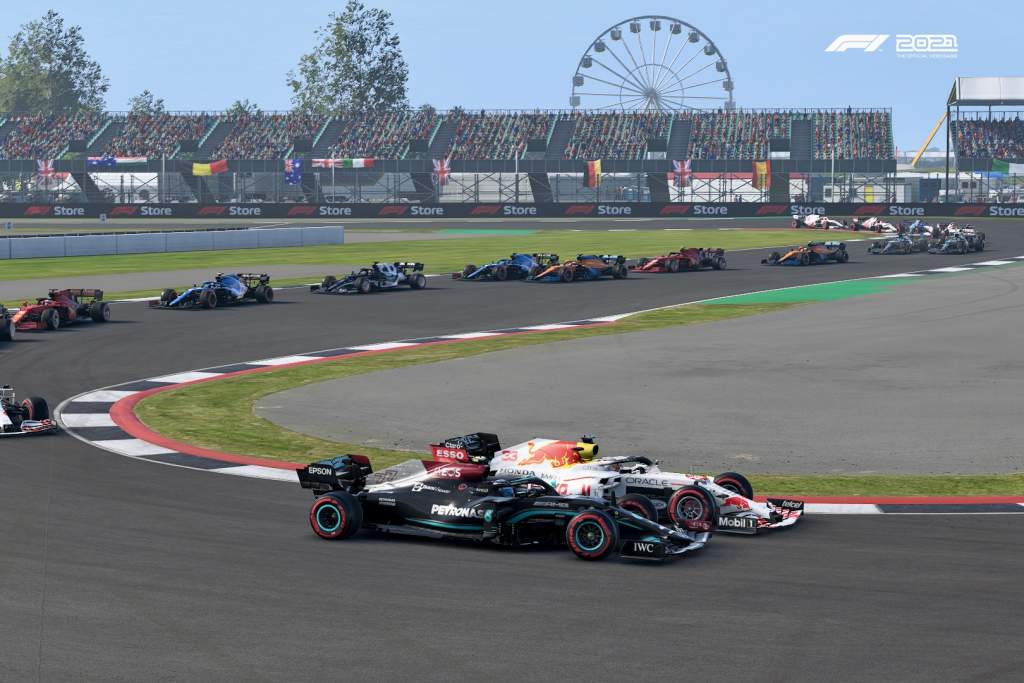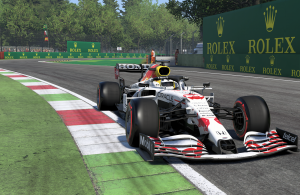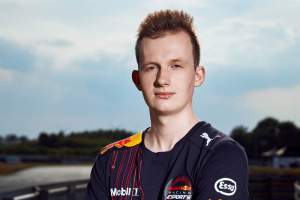Up Next

Already there have been five seasons of F1 Esports, with Jarno Opmeer recently claiming his second consecutive drivers’ championship in the series.
Despite the fact that there have been some major changes to F1 Esports since 2017 in terms of the format, prize money and which drivers have been title contenders in each season, the 2021 season wasn’t drastically different to the previous years.
That isn’t necessarily a bad thing and it would be a pointless endeavour to change a popular and successful format just for the sake of change. However there have been some long-requested tweaks to the series and that could address some of the current issues in F1 Esports.
Race scheduling
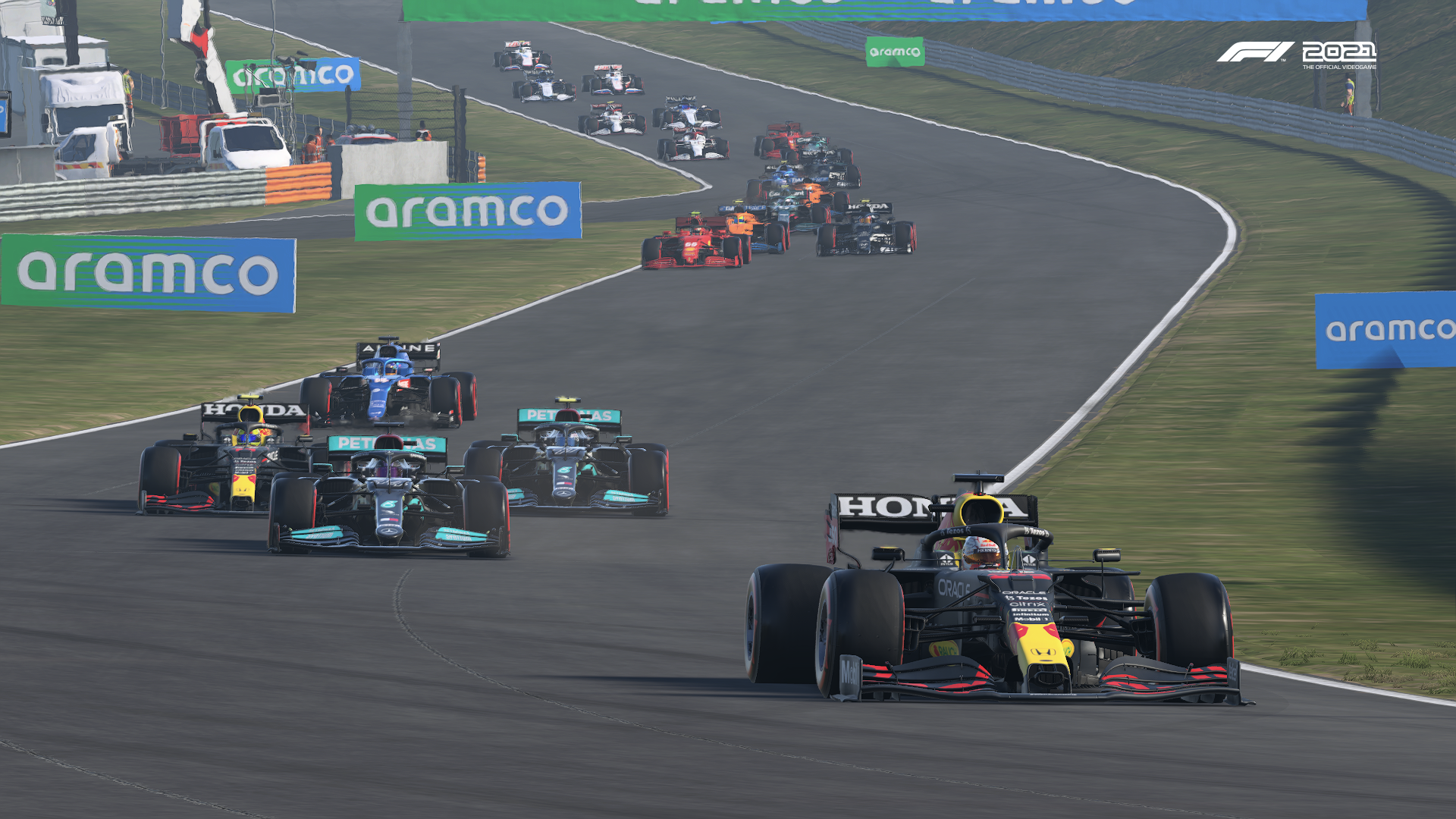
F1 Esports has an unconventional calendar which means drivers do three races at three different circuits within the space of two days. That means two races are run and broadcast on Wednesday with the third race in the event held the next day.
It’s not even as if the gap between each three-race event is constant as this year there was a two-week break between event one and two, then a four-week long lull between the second and third events and finally a three-week gap separating the final two events.
That congestion of races followed by multiple week long breaks of varying length is an unusual scheduling decision.
The two factors go hand in hand though as the drivers need a lot of time in between events to practice their single-lap pace and decide on race strategies for three different circuits simultaneously. As such, many drivers went into the second event, only two weeks after the first, feeling underprepared for it.
“I think most drivers would agree ever since 2018 that multiple races for one event is just too much – especially this time,” Red Bull’s Marcel Kiefer (pictured below) said before event two of F1 Esports.
“I don’t think any team could prepare enough for all three tracks and all different situations, I think everyone feels a bit underprepared even though we probably practice more than for any other event – at least it felt like it due to the time pressure.
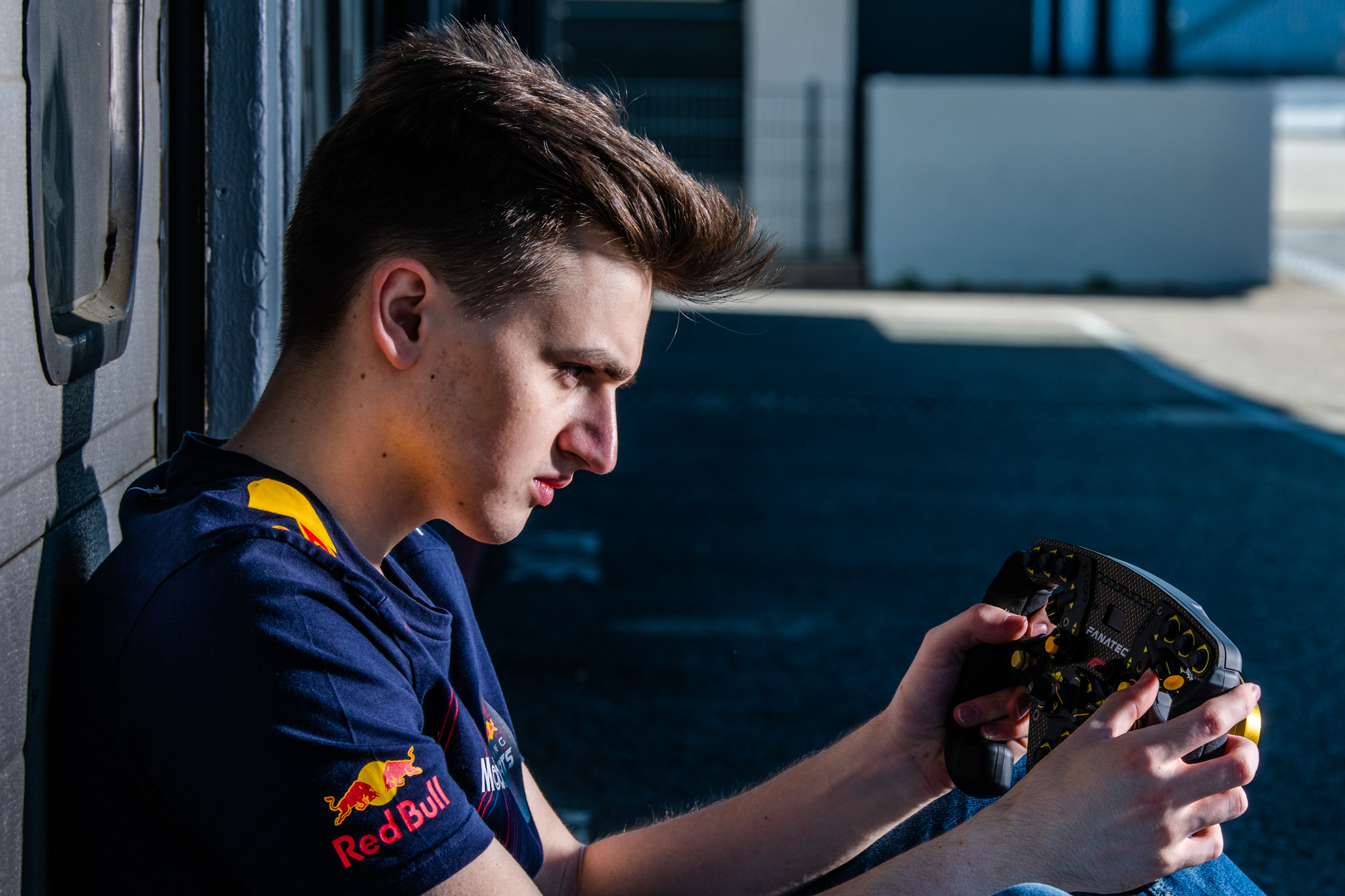
“It would be great if F1 and the organisers would change it in some way so that, more races would be great, but also the races more spread out. Let’s say, maybe one race a day would already be a step.
“That would make it a bit more relaxed during the event but it would be even better if it were more similar to league racing where we have one race each week and maybe sometimes we have two or three weeks in between if there needs to be a break for whatever reason.
“That would be a bit more healthy for the competition, it would make it even closer and I think it would make it more enjoyable for the fans and engaging rather than how we have it right now with these big gaps where people probably just forget about F1 Esports.
“What could be cool is running F1 Esports over the winter period when there’s no racing because, what I see on social media usually is, people are craving racing and missing Formula 1.”
The number of drivers per team
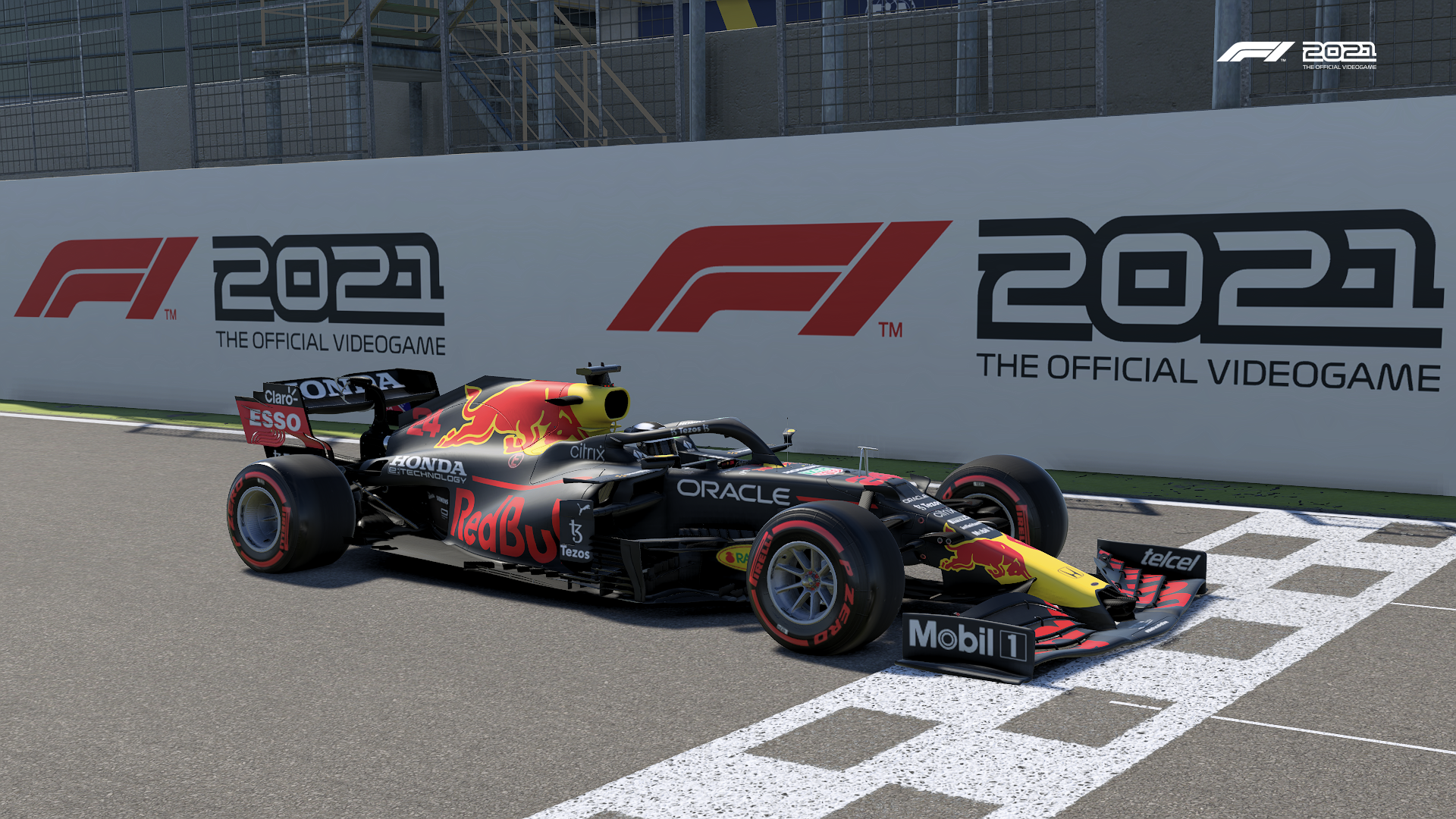
Unlike in real-life F1, each team has three race drivers and any two can be fielded in each race.
Initially there was strong reasoning for this. Firstly, the drivers competed on site at the Gfinity Esports Arena in London and so it made sense for each team to have a third driver just in case one of theirs couldn’t make it in person for whatever reason.
Nowadays though F1 Esports is much more professionalised and a lot of the drivers race on a full-time basis, a factor which has been helped by the ever increasing prize pool in F1 Esports, which has been at $750,000 for the past two seasons.
Also the impact of COVID means both the 2020 and 2021 seasons have been run remotely, removing any possibility that a driver might have to pull out due to issues travelling.
There aren’t any rules that require each team to field each driver for a certain number of races. So in the 2021 season Bono Huis, Samuel Libeert and Liam Parnell, for Mercedes, Haas and Red Bull respectively, never raced for their team.
The omission of Huis wasn’t a huge surprise given that he was representing the German marque in rFactor 2-based competitions and was acting in more of a support role for F1 Esports.
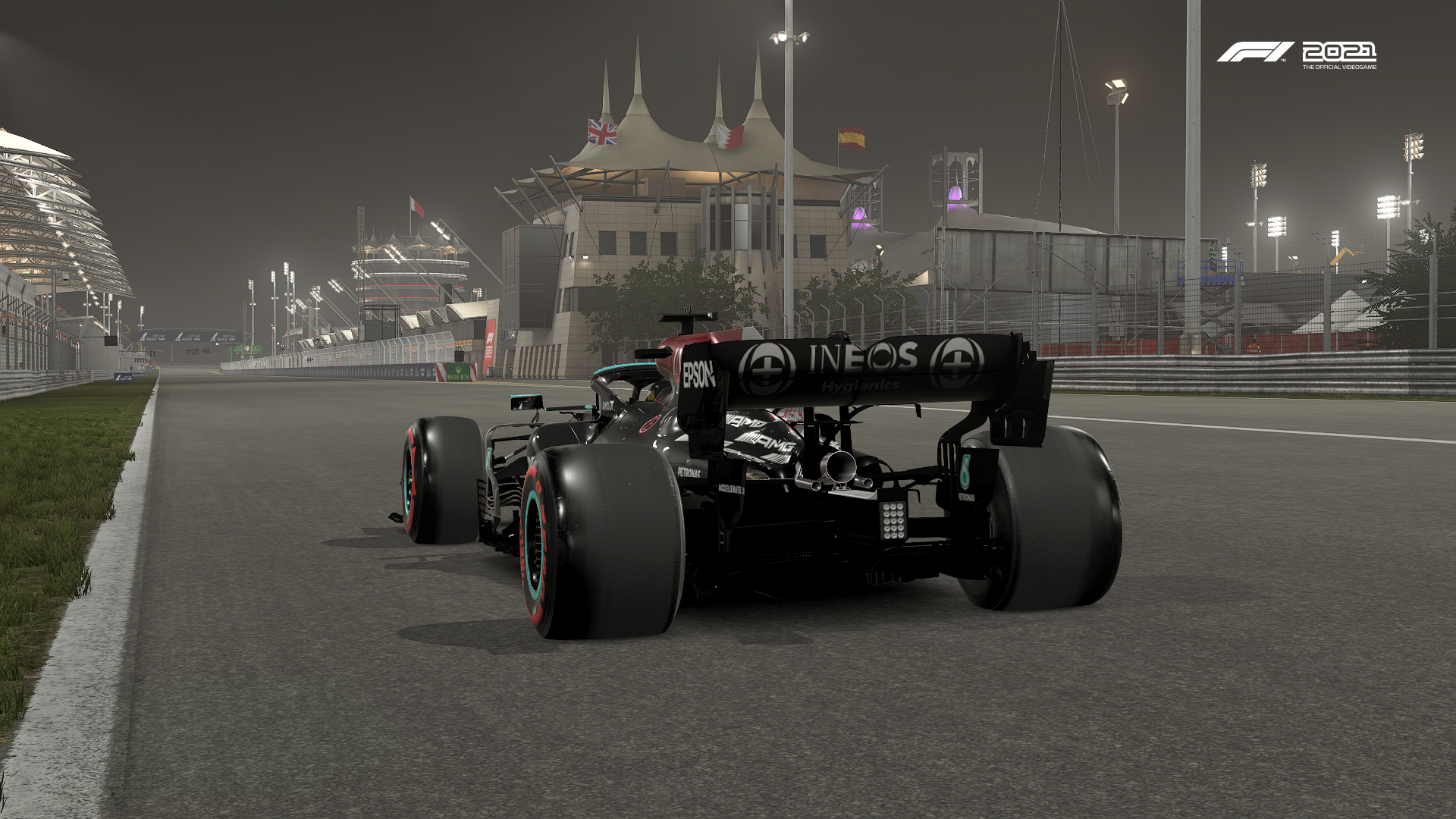
Nor was it a major surprise that Red Bull didn’t field Parnell given that the team never selected Tino Naukkarinen to represent it in the 2020 season. Sister team AlphaTauri along with Alfa Romeo also didn’t run its third driver for a race that year.
“Everyone had the same chances, Tino was quick but it was just working better with Frede [Rasmussen] and I,” Kiefer said in reference to the 2020 season.
“Even Tino agreed that we were so quick, especially when it matters, that it makes no sense for him to drive so even he took a step back and we just decided whatever was best for the team.
“Our philosophy is going for the teams’ championship, if we can finish ahead also in the drivers’ we will take it but if not then someone else can take it. But the prize money is on the constructors’ championship so that’s our main goal.
“So that’s how we decided that kind of decision last year and we still do the same this year as well with Liam, Frede and I. And it’s the same at AlphaTauri with Sebastian Job, Dario Iemmulo and Joni Tormala.”
It’s completely understandable why some teams choose not to vary up their driver pairings, especially when they have a proven successful partnership and two drivers which the team knows can compete at the front of the field in each race.

Aston Martin, Ferrari and AlphaTauri all fielded their third driver just once in the 2021 season and in all three cases it wasn’t until the final trio of races.
There were some teams which were more even-handed with their distribution of racing duties. None more so than Alpine, as Nicolas Longuet contested 10 of the 12 races, Fabrizio Donoso raced on nine occasions and newcomer Patrik Sipos raced for the team five times.
McLaren also split the second seat evenly as veteran Dani Bereznay and rookie Josh Idowu both raced on six occasions, while persistent frontrunner Bari Boroumand was in the other seat for every race. For Idowu though, McLaren’s fairer distribution of race responsibilities is simply due to the similar quality of the drivers they have.
“Every single driver wants to do all 12 races and have those 12 opportunities to prove themselves,” Idowu said before event two of F1 Esports.
“But I think the dynamic we have within McLaren, we’re probably one of the only teams to have three top-quality drivers. So then you do get stuff like the first event when I was only able to do one race. But it is fair the way we organise things.
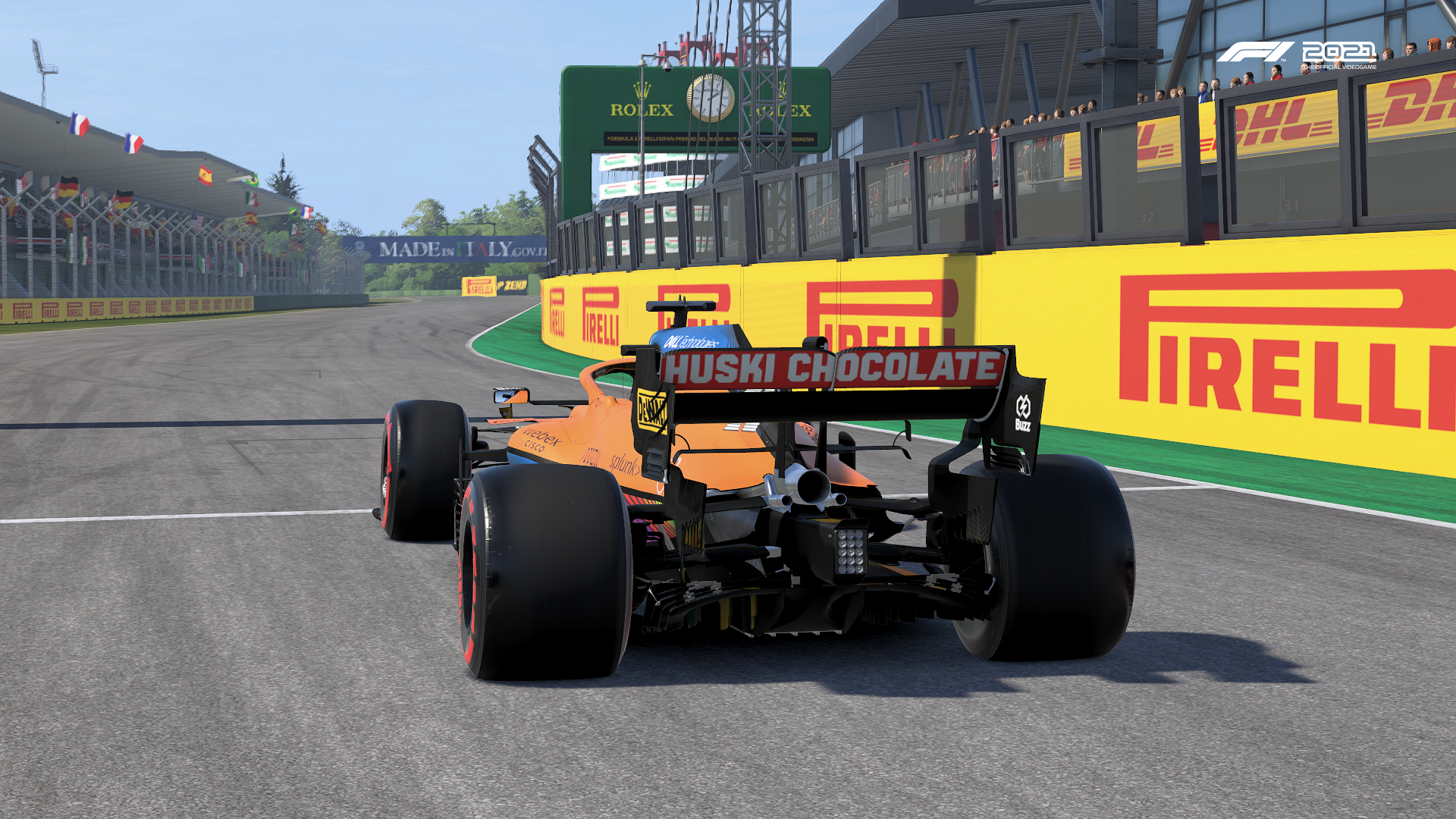
“Dani Bereznay has the experience and is a very good driver and then Bari Boroumand has ridiculous pace. So we always try and be as fair as possible. I have to accept that I am the rookie, this is my first-ever season.”
There’s very little reason nowadays for each team to have to have three selectable race drivers and most rely on just two. So either teams should be limited to just two, or a rule should be introduced to ensure that drivers who are drafted into a team don’t spend all year sitting on the sidelines.
Race lengths
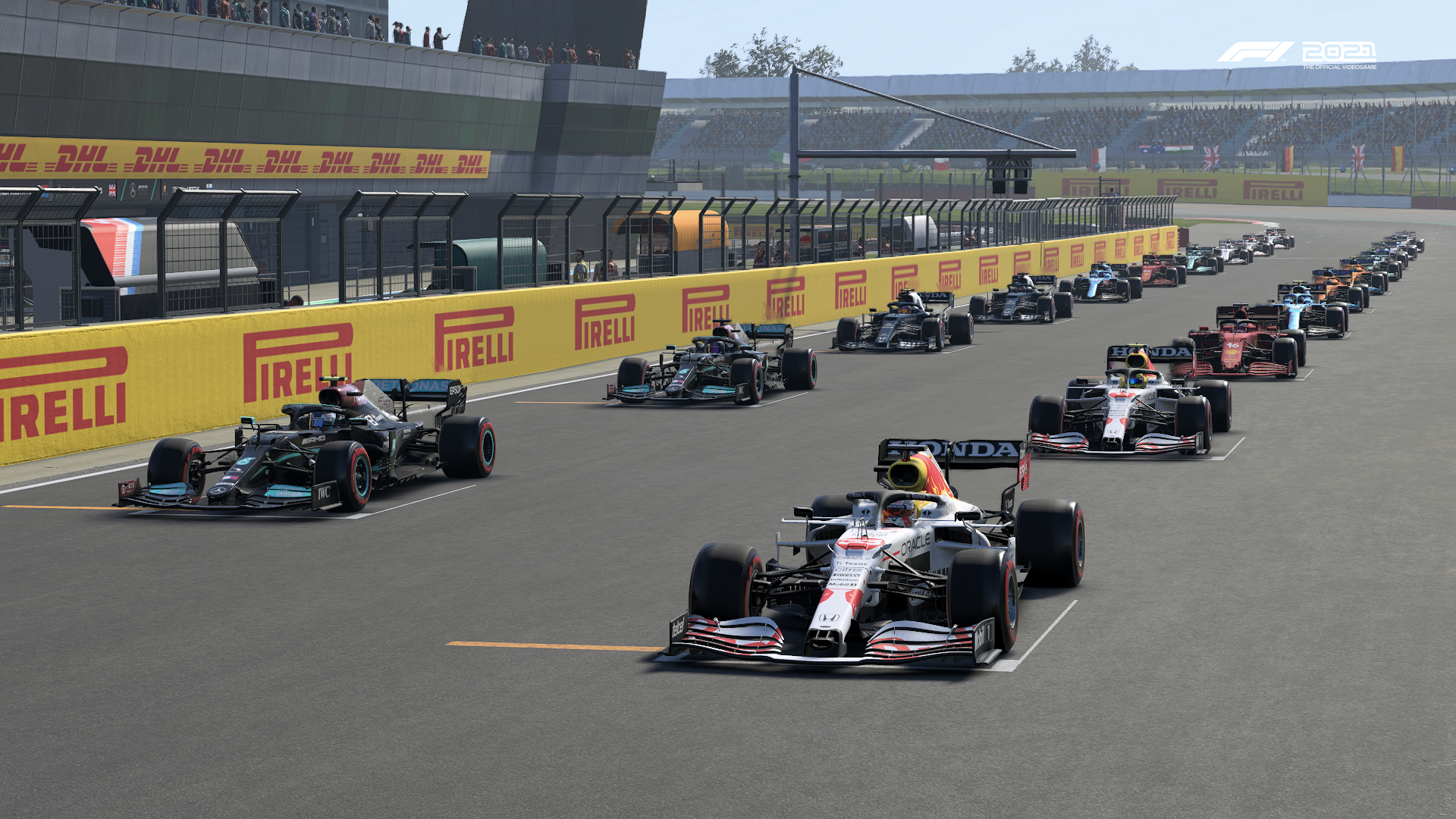
One long-standing request from the drivers has been to increase the race distances. One such increase already happened for 2020, with the series going from 25% of a grand prix distance to 35%.
Online championships run by the community on the F1 games often use 50% distances and the half grand prix distance is also a popular choice by players playing the games more casually, such as in a career mode playthrough.
It’s easy to understand the reluctance by F1 to increase the length of the races given the current scheduling. Accounting also for the break in between the two races on the Wednesday, it would be a longer event in total than most real-life F1 races.
This year’s F1 Esports Pro Championship ended nine weeks after it started and during that time 12 races were run, so it wouldn’t require any major changes to when F1 Esports starts and ends if it simply adopted a one-race-per-week schedule. That would also allow for 50% distance races without having to extend the length of a regular F1 Esports broadcast.
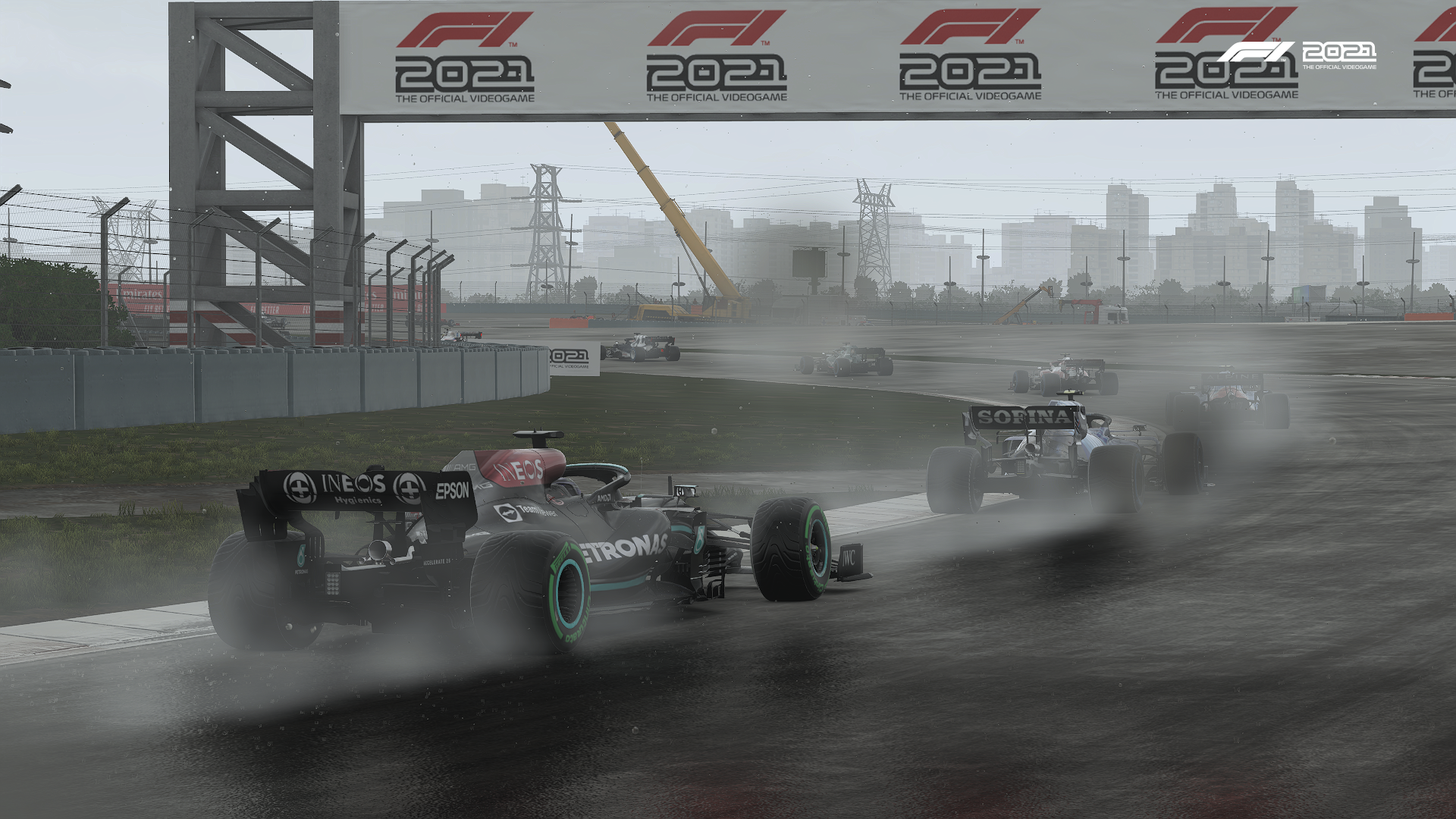
Extending the races would allow for more strategic variation and a greater chance that a change in weather could become a factor. That’s important because many of the standout moments and best races in the most recent season had one of those elements.
One example includes the race at China where Opmeer started down in 14th and quickly dropped down to 19th as he opted to start on the intermediate tyres whereas everyone else was on the full wets. The track eventually dried up and Opmeer took the lead, and eventual race win, by pitting fewer times than everyone else.
Even without a change in weather, Frederik Rasmussen was able to win the final race of the season despite starting in 10th place.
That was done through a combination of going longer during his first stint to have the pace advantage at the end of the race, as well as his team-mate Kiefer holding up the field for him. The Dane left the pits in 13th place but made rapid progress up the order on much fresher tyres to move into the race lead within 11 laps.
The argument against extending the races is that it would simply mean the DRS trains seen in many races would simply last for longer. The race at Silverstone clearly showcased this phenomenon as from lap 11 to the end of that race, excluding the change in leader between Moreno and Rasmussen, the top eight drivers stayed in exactly the same order.
Fine Margins 🤏
Less than a second separates the Top 3 (@DaniMorenoF1, @G2Frede, @LucasBlakeley01) – this is anyone's race to take. #F1Esports
👉 https://t.co/Pn4AjlBCFZ pic.twitter.com/7K88HSlgY6
— Formula 1® Game (@Formula1game) October 27, 2021
In many ways that’s the double-edged sword with running equal cars – a factor which is the great appeal of F1 Esports as every driver is on a level playing field. The downside is it means there isn’t a big enough difference in the cars through set-up to make overtakes easy to pull off without either fresher tyres or DRS.
That makes DRS extremely useful and so drivers will deliberately wait until the final lap of a race to make a DRS-assisted pass since it won’t give their rival a chance to retaliate.
More recently we’ve seen drivers tactically give up track position just before they get to the DRS detection point so that they can then get DRS on their rival to quickly retake track position. Opmeer successfully pulled that move off in Mexico but Longuet had been the first to try it in the race at the USA, although he left it too late and lost track position without getting DRS.
WOW! WHAT A LAP 🏁 😲😲
It's #F1Esports VICTORY for @jarno_opmeer at @COTA – wow, that last lap action!
👏👏👏👏 pic.twitter.com/G7Kbnrb4s9
— Formula 1® Game (@Formula1game) November 25, 2021
All of that makes 35% distance races a strange middle ground. It’s long enough for races to have a lull in action in the middle as everyone bides their time to make DRS passes at the end of the race, but also short enough to restrict a greater variation in tyre strategies and reduce the likelihood of weather being a deciding factor and a challenge for drivers to overcome.
Of course F1 Esports will be different next year anyway by virtue of the major rule change concerning next year’s cars in the real-life championship. It’s also possible that next year’s F1 game will be a departure from the previous entries if it’s made exclusively for the new generation of consoles.
Whilst that may affect how the races play out in terms of the reliance on DRS for overtakes, there would still undoubtedly be a wider variety of race strategies that could be carried out if the races were longer.

